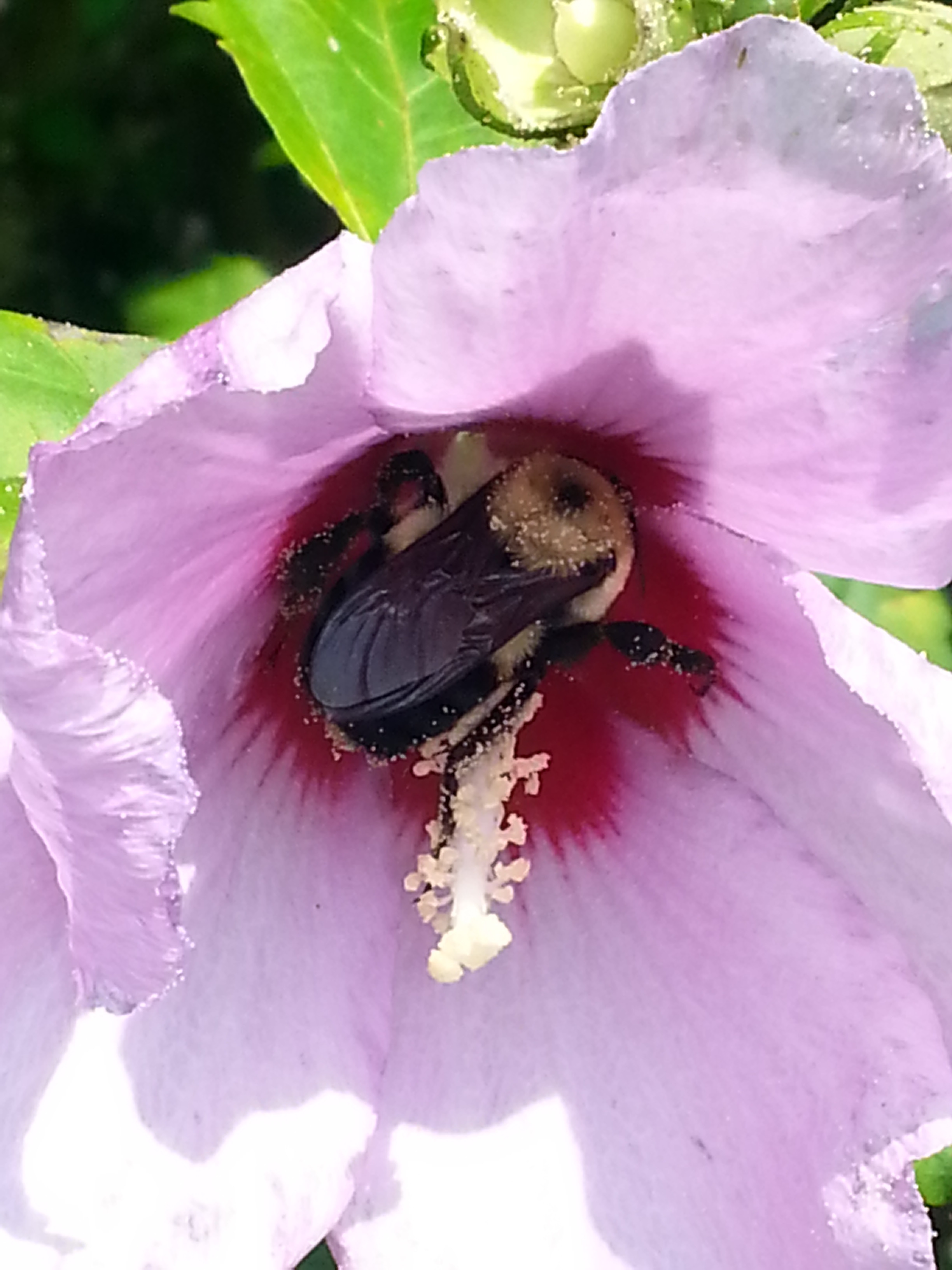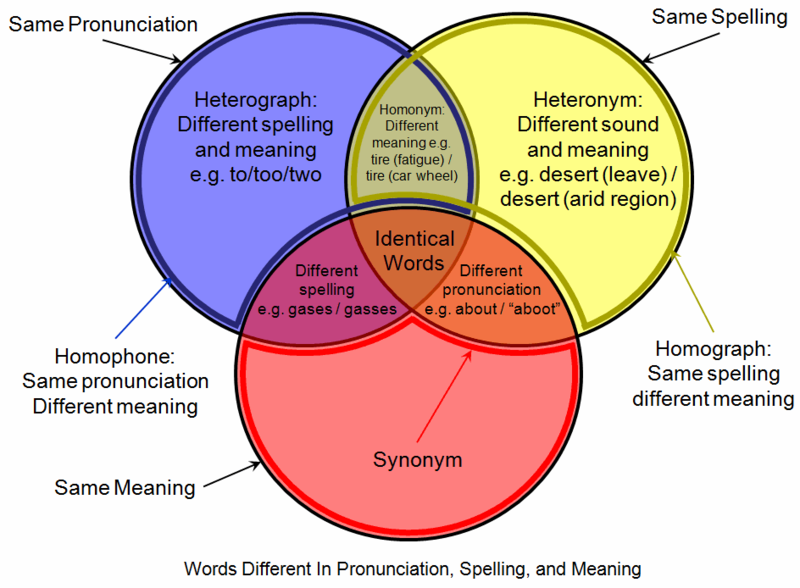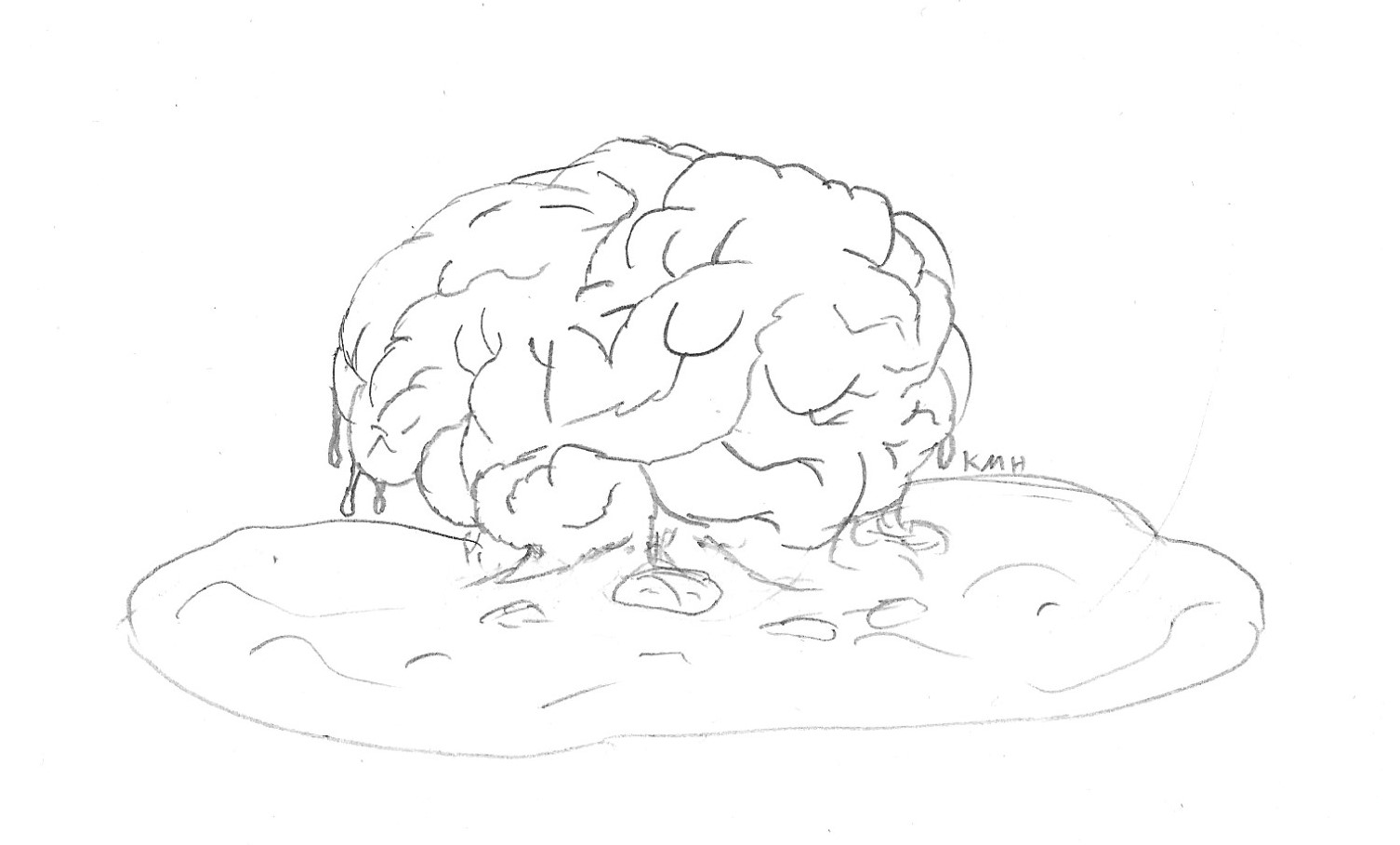In his most recent collection, American Sonnets for My Past and Future Assassin, Terence Hayes asks this question as the ending of one of the poems: “Would you rather spend the rest of eternity / With your wild wings bewildering a cage or / With your four good feet stuck in a plot of dirt?” Listen to him read the whole poem “American Sonnet for My Past and Future Assassin [‘Inside me is a black-eyed animal]’” published by the Poetry Foundation.
Read Maya Angelou’s “Caged Bird” and Paul Laurence Dunbar’s “Sympathy” for their answers. Read Cecilia Llompart’s “Do Not Speak of the Dead” for a different response, and James Dickey’s “The Dusk of Horses” for another.
If you cannot answer the question Hayes asks, use his first line “Inside me is a black-eyes animal” as a ghost line. Let us see what emerges from you.




























